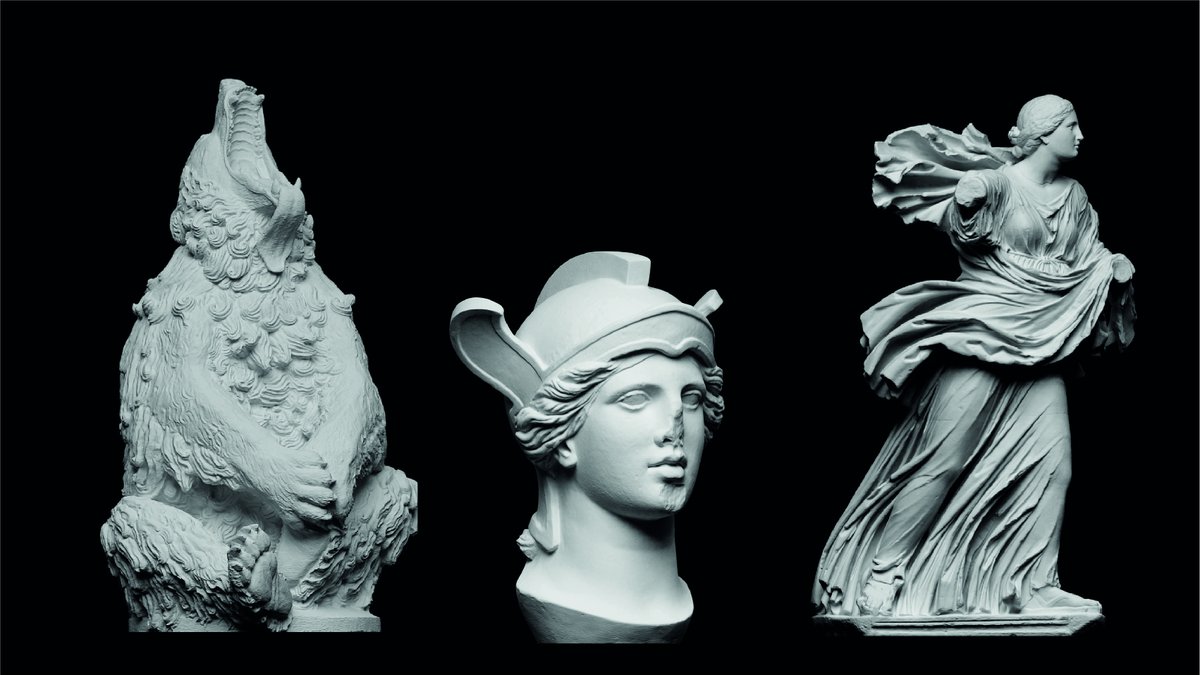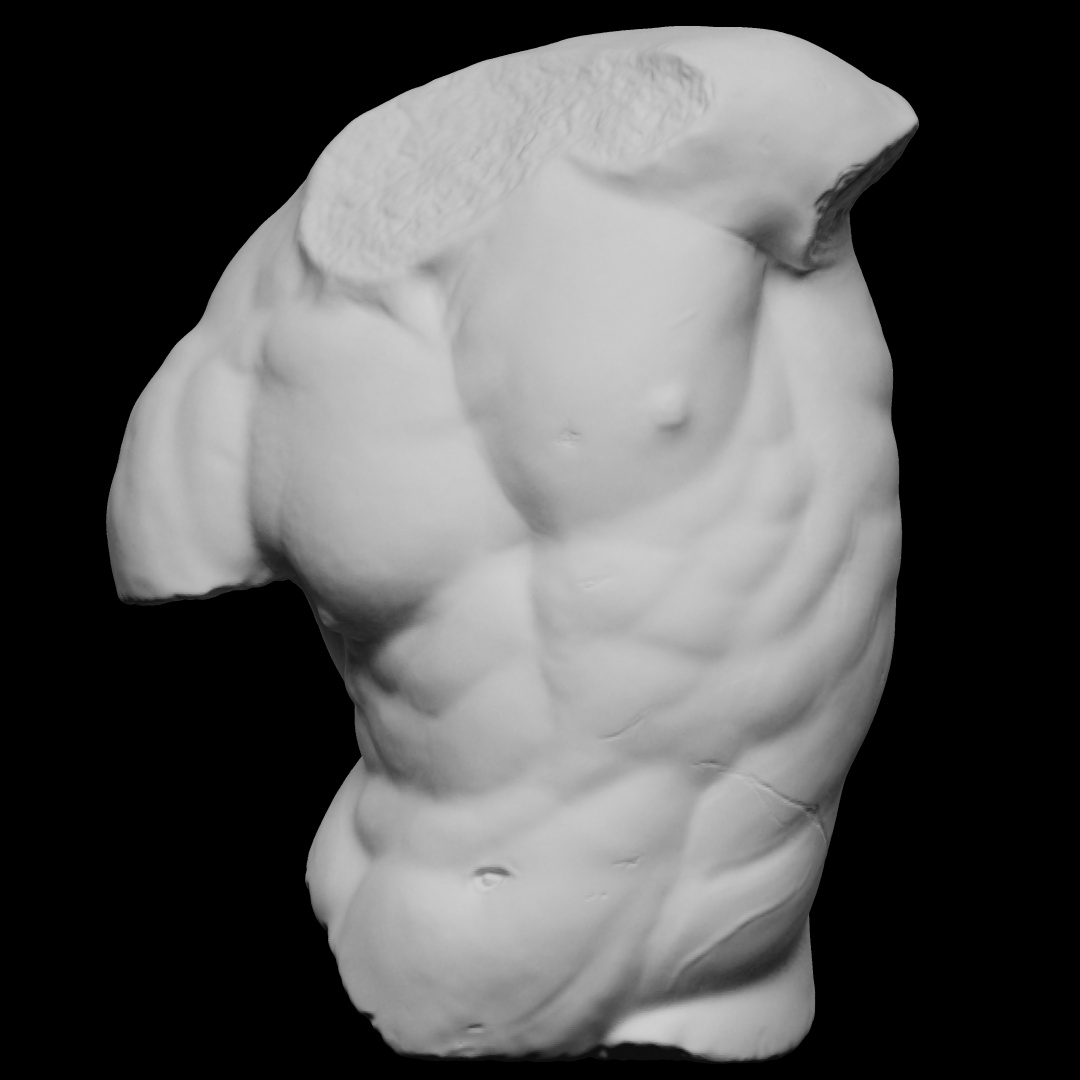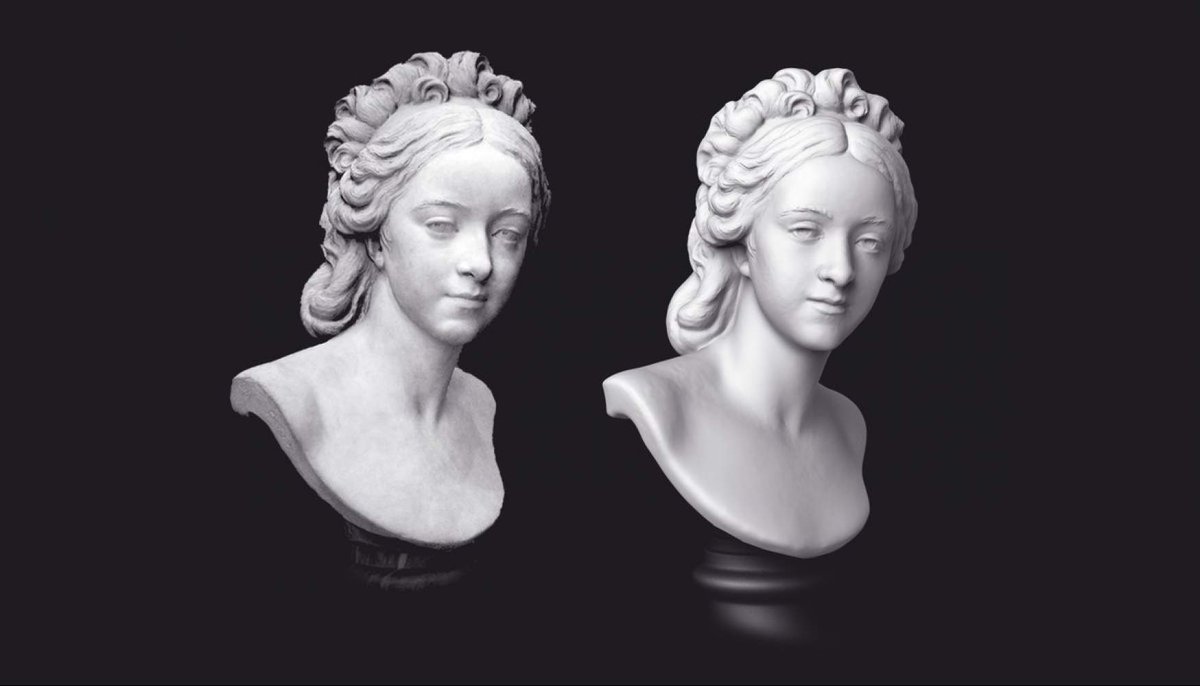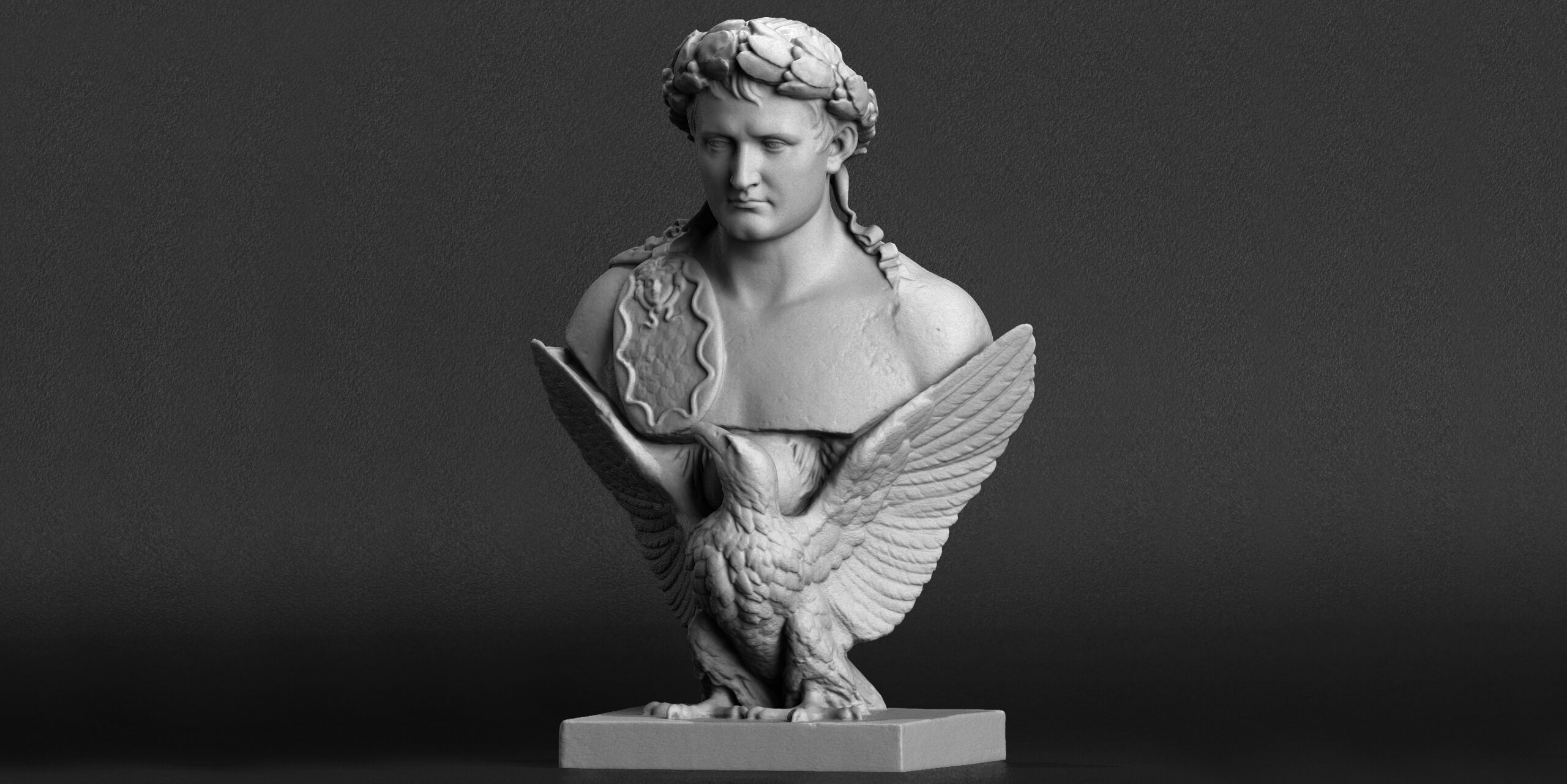All Hollywood musicals need a big final set piece, one final rousing number to bring all the narrative threads back together, and provide redemption to our fallen hero. Bohemian Rhapsody, the 2018 biopic about Freddie Mercury and the band Queen, uses Live Aid as its final number. We’ve written elsewhere about how this was not really the final hurrah for the band, nor was this some kind of triumphant return after years in the Wilderness. (“Radio Gaga” and “I Want to Break Free” had been in the charts just over a year previous.) Neither was it their biggest concert of the 1980s. That would be the Wembley concert of 1986, where they would fill the exact same stadium used for Live Aid, but this time it was just for them.
But Hollywood cares not for that, so instead lets look at how faithfully Rami Malek and his fellow actors (along with what might have been Bryan Singer as director or possibly Dexter Fletcher, the man who replaced him after events we’d rather not go into, look it up) faithfully recreate those 20 glorious minutes. After all, it was one of the most watched events in the summer of 1985. There is video evidence!
I’ll leave it up to you out there to debate over Malek’s performance, which is going to suffer no matter what he does in a side-by-side with the real thing. Instead, notice how the filmmakers use certain parts of the performance to complete the narratives of the film. We get a cutaway to Brian May (Gwilym Lee) with a “by George he’s actually got it” look on his face—relief that Mercury finally got it together for the performance. There’s no equivalent shot in real life. The kiss that Mercury blows to somebody off camera is received by his mother and sister back at his childhood home.
After Mercury’s call-and-response with the teeming audience, the band dives into “Hammer to Fall” and the film cuts to a montage to show Live Aid’s phones ringing off the hook, anxious viewers wanting to donate even more because of Queen’s performance. This is again Hollywood hokum, as donations only really stepped up after Bob Geldof got in front of the cameras a little after Queen brought the house down and harangued viewers.
Still, you have to hand it to the movie for having the stones to indulge in the full 20 minute set, despite silly moves like cutting away to the movie’s “you’ll never go anywhere” record executive for the line “no time for losers” during the final song. (D’oh!)
YouTube user Juan Dela Cruz, who assembled this side-by-side, has made two other comparison videos using existing footage and the film: Part One is here, and here’s Part Two.
Related Content:
Watch Queen Rehearse & Meticulously Prepare for Their Legendary 1985 Live Aid Performance
Watch 16 Hours of Historic Live Aid Performances: Queen, Led Zeppelin, Neil Young & Much More
Ted Mills is a freelance writer on the arts who currently hosts the Notes from the Shed podcast and is the producer of KCRW’s Curious Coast. You can also follow him on Twitter at @tedmills, and/or watch his films here.







